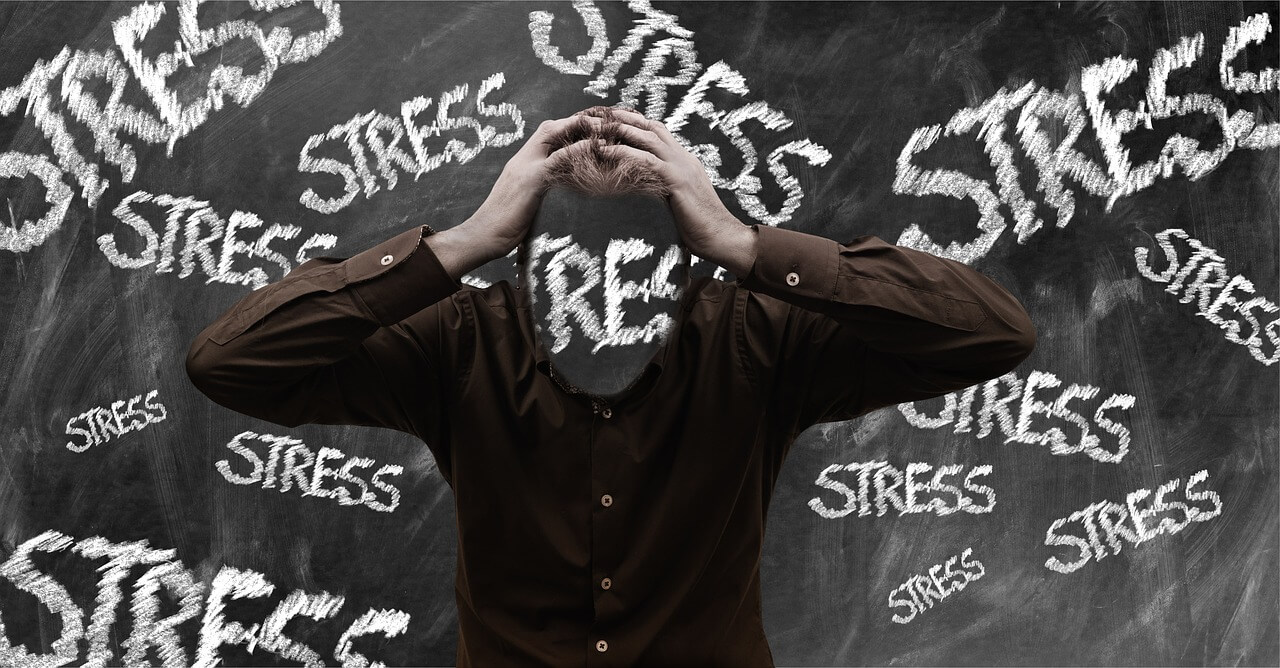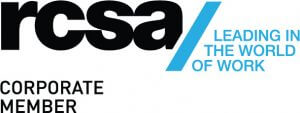Colin’s Corner – April 2022 – Burnout – CD
Colin’s Corner
Burnout
By Colin Toll

One of the HR topics that is currently getting a lot of air-time is the matter called Burnout.
Burnout is defined as a state of physical and emotional exhaustion. It can occur when you experience long-term stress in your job, or when you have worked in a physically or emotionally draining role for a long time.
Common signs of burnout:
- Feeling tired or drained most of the time
- Feeling helpless, trapped and/or defeated
- Feeling detached/alone in the world
- Having a cynical/negative outlook
- Self-doubt
- Procrastinating and taking longer to get things done
- Feeling overwhelmed
The treatment of Burnout has been a boon to the psychological profession largely due to the fact that the average person has little or no expertise in the field. The following is an article published by “The American Psychological Association”. I have posted it here to provide a professional perspective on the matter. Your comments and opinions on this subject will be very welcome; send to [email protected].
Burnout and stress are everywhere
Burnout and stress are at all-time highs across professions, and among already strained health care workers, they are exacerbated by the politicization of mask-wearing and other unrelenting stressors.
By Ashley Abramson. Date created: January 1, 2022
From longer work hours to increased demands at home, the COVID-19 pandemic introduced new stressors to nearly every domain of life. As the world heads into the 3rd year of the pandemic, these stressors have become persistent and indefinite, heightening everyone’s risk of burnout. Anyone exposed to chronically stressful conditions can experience burnout, but human services employees, first responders, and those in educational services are at an even higher risk, especially as the public continues to resist COVID-19 prevention measures.
According to the World Health Organization, burnout is a syndrome resulting from workplace stress that has not been successfully managed. It’s characterized by three dimensions: feelings of energy depletion or exhaustion, increased mental distance from one’s job or feelings of negativism or cynicism related to one’s job, and reduced professional efficacy (World Health Organization, 2019).
As in 2020, American workers across the board saw heightened rates of burnout in 2021, and according to APA’s 2021 Work and Well-being Survey of 1,501 U.S. adult workers, 79% of employees had experienced work-related stress in the month before the survey. Nearly 3 in 5 employees reported negative impacts of work-related stress, including lack of interest, motivation, or energy (26%) and lack of effort at work (19%). Meanwhile, 36% reported cognitive weariness, 32% reported emotional exhaustion, and an astounding 44% reported physical fatigue — a 38% increase since 2019.
Some occupations are more vulnerable than others to the effects of burnout. Christina Maslach, PhD, a professor emerita of psychology at the University of California, Berkeley, and a core researcher at the university’s Healthy Workplaces Centre, said teachers and health care workers are uniquely prone to high rates of burnout, as was the case even before the pandemic. “We’ve known people in these occupations have always had higher rates of burnout, but it’s been so much harder to keep up with the demands during a pandemic in caretaking professions,” Maslach said.
While APA’s data suggest persistent workplace stress has contributed to reduced efficacy and exhaustion, Michael P. Leiter, PhD, an honorary professor of organizational psychology at Melbourne’s Deakin University and an organizational psychologist who studies burnout, said he’s noticed increased cynicism, too, another classic sign of burnout.
Issues like the politicization of masks and vaccines and feelings of lack of support from the government and workplaces have caused workers—especially those in public-facing jobs—to become cynical about their jobs and about the public in general. “This kind of cynicism is powerful because it undermines the people’s feelings about the value of their work, which can help motivate them during hard times,” Leiter said.
Because these pandemic-related stressors likely won’t stop anytime soon, stress-reducing measures should be top of mind for employers and legislators alike. “As demands increase, organizations need to focus on maintaining balance, taking things off the plate when they add something new,” Maslach said. That’s especially important in health care settings, she added, where attrition rates are especially high.
Some organizations are already responding, sometimes with the help of psychologists. A June 2021 article in The Washington Post highlighted that companies of varying sizes and in many industries are finding new ways to ensure employee well-being, from increased time off to offering such services as after-school tutoring and childcare.
In health care, psychologists continue to explore how to create better balance for front-line workers. Psychologist Craig Rooney, PhD, program director of the Office of Clinician Well-Being at the University of Missouri School of Medicine, is working to launch a physician leadership development program that will hopefully prevent downstream effects of burnout in health care settings. Other health care organizations can adopt a similar approach to promote resilience among clinicians, especially as hospitals across the country continue to face ongoing strain.
Leiter hopes workplaces across the board will continue to pay attention, starting with listening to employees about their needs and responding with flexibility. “Employers could reduce the propensity for burnout, but rigidity will only cause more burnout in workplaces,” he said.



